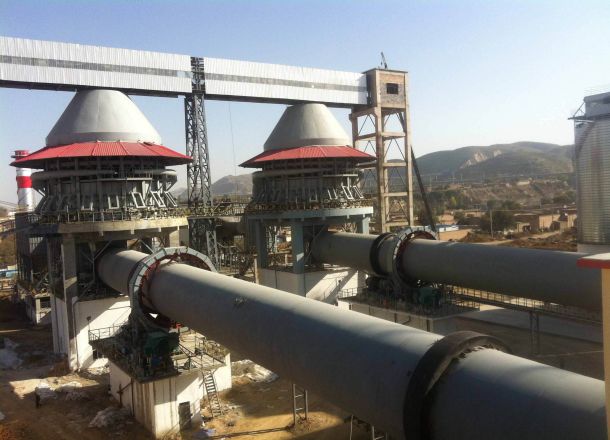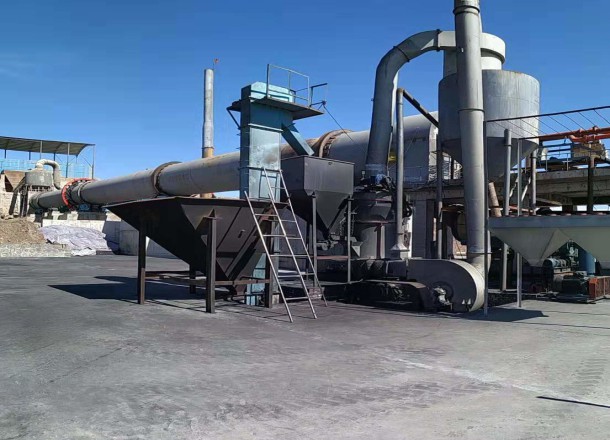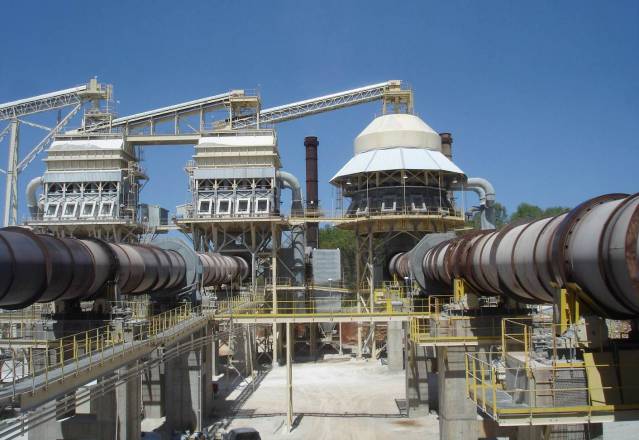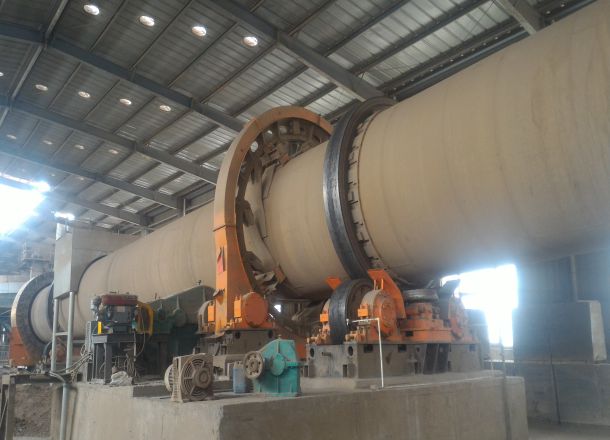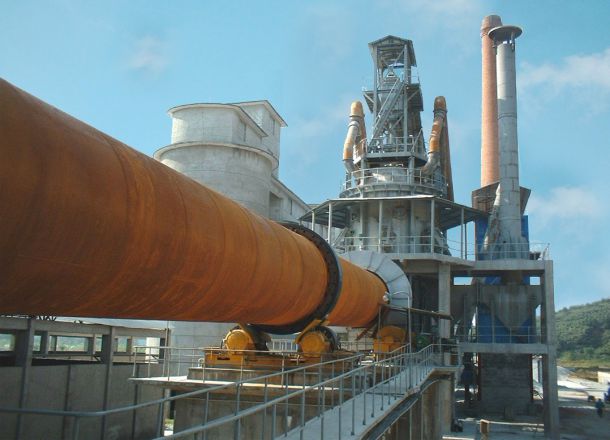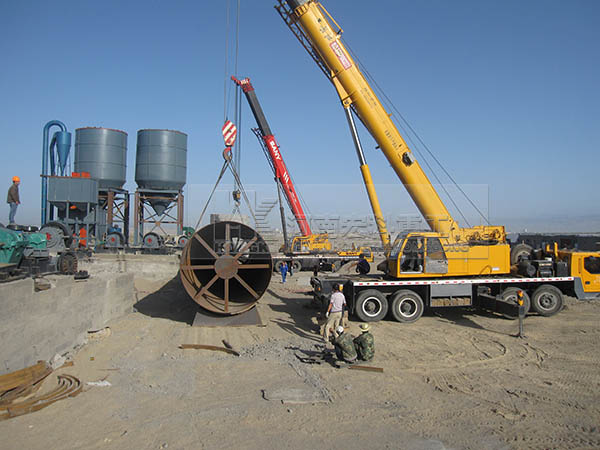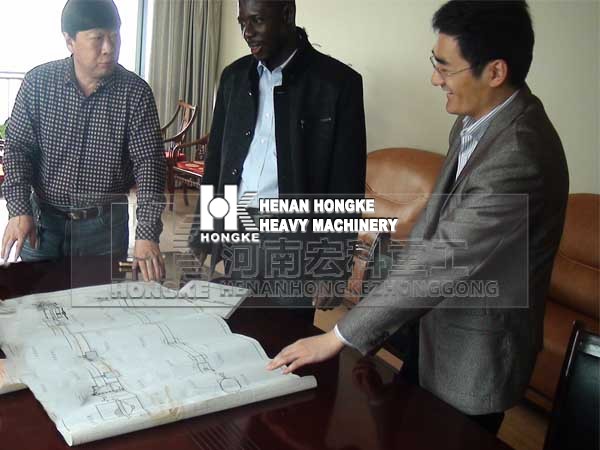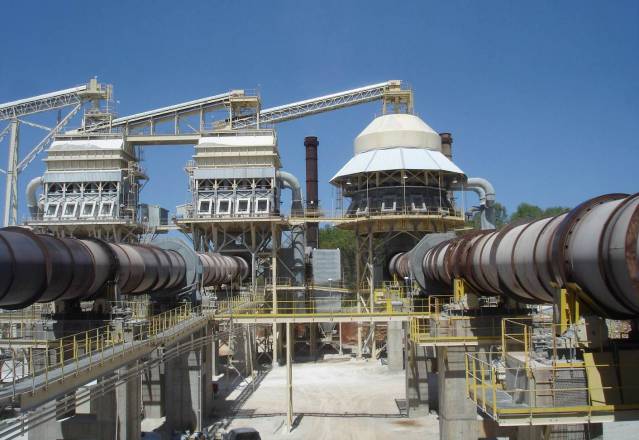Introduction of Rotary kiln
Rotary kilns can be divided into cement kilns, metallurgical chemical kilns and lime kilns according to different materials.;
Cement kilns are mainly used for calcination of cement clinker, divided into two categories: dry production cement kiln and wet production cement kiln.;
Metallurgical chemical kilns are mainly used for the magnetic roasting of lean iron ore in the metallurgical industry; oxidation roasting of chromium and nickel iron ore; roasting of high alumina bauxite ore in refractory plants and roasting of clinker and aluminum hydroxide in aluminum plants; roasting of chromium ore in chemical plants And minerals such as chrome ore powder. Lime kiln (active lime kiln) is used to roast active lime and light-burned dolomite used in steel plants and ferroalloy plants .
Usage of Rotary kiln
(1) The technical performance and operation of the rotary kiln determine to a large extent the quality, output and cost of the company's products.
(2) In the building materials industry, in addition to calcination of cement clinker, the rotary kiln is also used for calcination of clay, limestone and slag drying; in the production of refractory materials, the rotary kiln is used to calcin the raw materials to make the dimensions stable, Strength increase, and then processed into shape.
(3) In the process of beneficiation, the lean iron ore is magnetized and roasted with a rotary kiln to change the original weak magnetism of the ore to a strong magnetism to facilitate magnetic separation.
(4) In the chemical industry, rotary kilns are used to produce soda, phosphate fertilizer, and barium sulfide.
(5) The entire production process of cement is summarized as "two grindings and one firing", among which "one firing" is the process of burning raw materials prepared by grinding into clinker under the action of the high temperature of the rotary kiln. Therefore, the rotary kiln is the main engine in cement production, commonly known as the "heart" of the cement factory.
(6) In terms of environmental protection, the developed countries in the world have used cement kilns to incinerate hazardous wastes and garbage for more than 20 years. This not only reduces wastes and makes them harmless, but also uses wastes as fuel to save pulverized coal. To the recycling of waste [.



